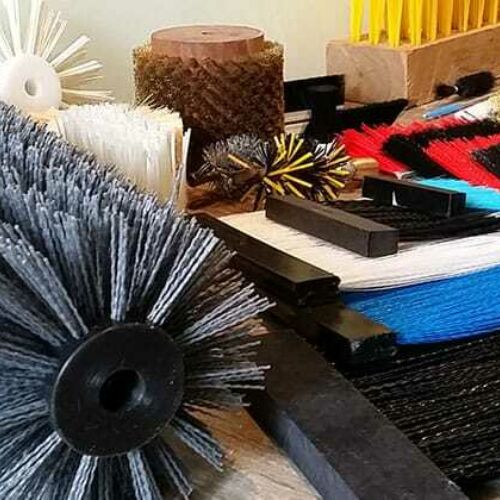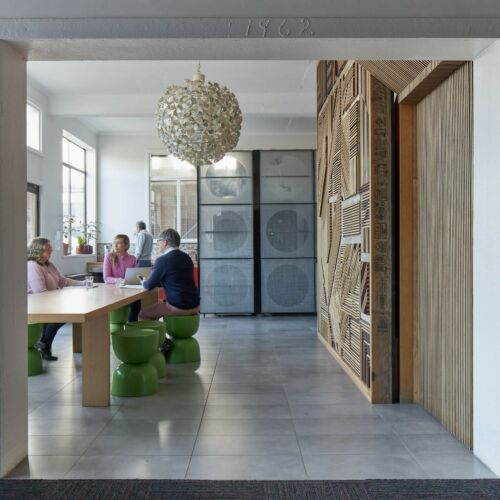Background and circular economy
Busy Bee specialises in manufacturing custom and industrial brush ware. It is a second-generation family-owned business purchased in 1987. They also supply and fabricate industrial plastic sheets and rods.
Their long-lasting products and repair services align Busy Bee with optimal use on the circular economy value hill. Busy Bee demonstrates a progressing level of circular economy maturity (14/25), with their familiarity with the rules of circular economy, environmental impact awareness, and having pragmatic and altruistic reasons for limiting environmental impacts.
Drivers for circular economy adoption
The owners’ personal values and passion for sustainability drove their adoption of the circular economy model. From this, they have transformed the company as an industry leader in sustainability. Support from the government at all levels have also motivated the adoption of circular economy practices.
Circular economy practices adopted
- Material waste reduction
- Energy-efficient machinery
- Use of high-quality material
- Long-lasting products
- Repair and maintenance of products
Company changes with the adoption of circular economy
They have progressively improved their environmental practices by introducing new designs and purchasing an advanced brush machine around 2014.
Barriers and challenges
Barriers and challenges include:
- Competing priorities of SME’s survival and environmental outcomes
- Constraints in financial resources
- Higher product cost due to extra processes and less production efficiency
- Inability to source a appropriate recycler for waste materials
- Lack of centralised platform to share resources, and residual materials with others
- Lack of manufacturing in Australia makes it difficult to get reliable material suppliers
- Suppliers reluctance for visibility to confirm their environmental and circularity compliance
- Not all customers are prepared to pay a premium for an environmentally friendly product
Critical success factors for circular economy
Critical success factors include:
- The vision and commitment of the leadership
- Leaders' persistence in the circular journey as a long-term strategy
- Sharing of knowledge and success stories by like-minded companies
- Support and buy-in from customers for the CE initiative
- Integration and visibility to the upstream supply chain
Benefits of adopting a circular economy
The benefit of adopting the circular economy, at the current maturity level, is being able to provide a better-quality product to the customer.



